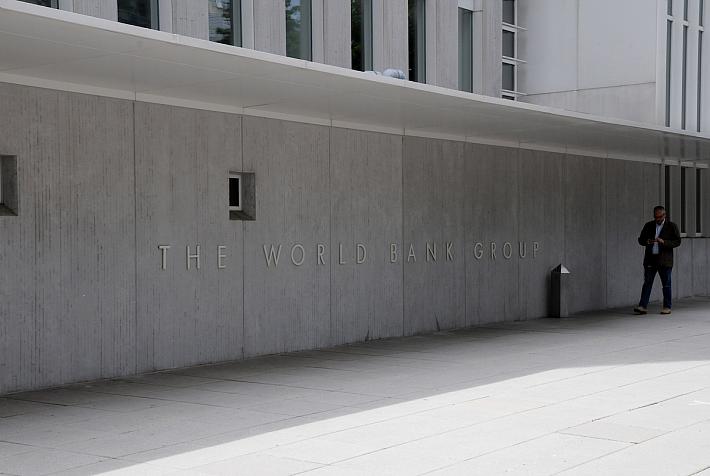PwC: Romanian employees are more productive but companies find it harder to keep them

The human capital return on investment in Romania has increased by 12.5% compared to last year, reaching 1.44, according to the PwC Saratoga 2016 study. This evolution is due to an increase in profitability as companies have reduced their overall costs.
The human capital return on investment is measured as the number of monetary units generated by an employee for each monetary unit invested by the company in his salary.
“The highest human capital return on investment was registered in the FMCG sector due to a strong growth in internal consumption,” said Horaţiu Cocheci, Senior Manager, Leader of the Human Resource Consulting Team, PwC Romania. “We also notice an improvement of the human capital return on investment in the banking sector, proof that the streamlining measures undertook in recent years, as well as the strict costs control, are beginning to pay off.”
The termination rate for labor contracts also went up to 18.7% compared to 14.1% in the previous edition, driven by an increase in voluntary terminations (resignations). These evolutions indicate a stronger dynamic of the labor market and an increase in the competition to attract employees. This has also increased the external recruitment rate. The cost of recruiting an employee grew from EUR 229 to EUR 262.
“Some sectors have traditionally been faced with a very high termination rate. Such is the case of retail, where employees are likely to change jobs even for small salary differences. We also notice this increase in the terminations rate for all staff categories, except for administrative personnel, while for management this increase was of over 40% compared to previous year (from 6.6% to 9.5%),” said Nicoleta Dumitru, Manager, Human Resource Consulting Services, PwC Romania.
“Whereas for workers the decision to quit the organization is mostly lead by financial reasons, managers generally leave for positions that entail more complex professional challenges. For this reason, companies will need to develop internal programs that will give managers the opportunity for professional and career development (such as job rotation programs or international mobility opportunities)”, she added.
The Saratoga 2016 study also highlights an increase in training hours (from 17 to 20 hours per employee per year), but at the same time a decrease in the associated training costs, from EUR 155 per employee per year (the 2015 value) to EUR 120.
The PwC Saratoga Romania 2015 study is based on information collected from 66 companies coming five economic sectors (pharmaceuticals, industrial production, retail, banking, and FMCG).
IMF: Minimum wage increases faster than productivity in Romania
editor@romania-insider.com











